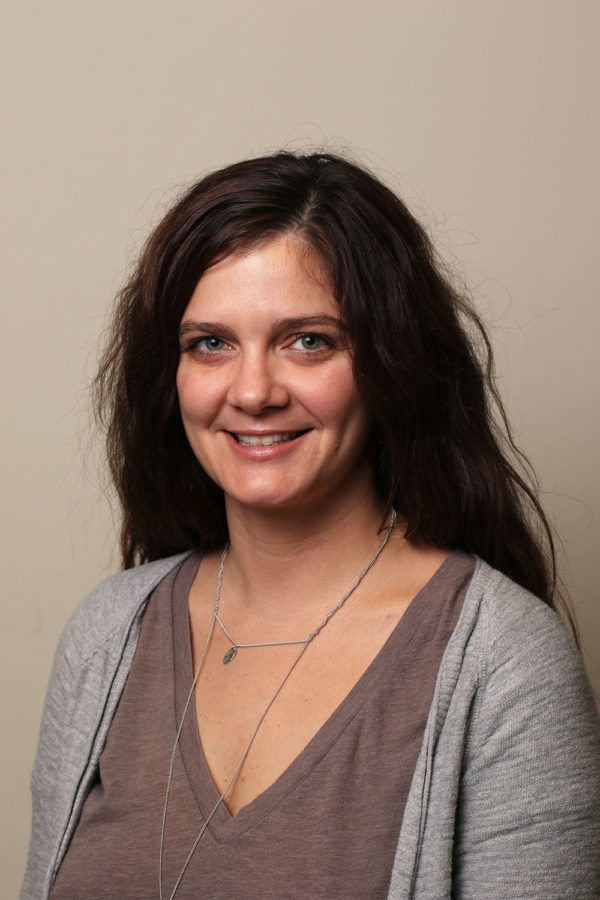The science behind sexual orientation
January 19, 2016
This week’s listener question comes from a gentleman named Chris. He asked, “A few times now I’ve heard that sexuality exists on a spectrum. If that is indeed the case, then how gay does a person have to be before they’re considered gay? Is there a set benchmark for gay qualities, or a checklist or something?”
This question is about sexual orientation: whom do you love, to whom are you attracted and for whom do you care. Romantic, sexual and emotional attraction felt toward members of the same sex, the opposite sex or all sexes determine an individual’s sexual orientation.
To help researchers define sexual orientation in a more scientific way, Alfred Kinsey developed the Kinsey scale. Imagine a straight line where the left point is 100 percent heterosexual and the right point is 100 percent homosexual. The scale identifies the following categories from left to right: exclusively heterosexual, with no homosexuality; predominantly heterosexual, only incidentally homosexual; predominantly heterosexual, but more than incidentally homosexual; equally heterosexual and homosexual; predominantly homosexual, but more than incidentally heterosexual; predominantly homosexual, but incidentally heterosexual; exclusively homosexual.
No two people are the same. If people have similar appearances, likes, lifestyles, etc., one person may consider himself gay while the other considers himself straight. Only you can know who you really are, and no one can decide that for you.
Society is moving forward concerning discrimination and homophobia, but there is still a lot to be done.
Statistics surrounding discrimination and homophobia speak volumes. According to Parents, Families and Friends of Lesbians and Gays Canada, LGBT students hear anti-gay slurs an average of 26 times a day, 26 percent of LGBT youth are told to leave home, LGBT youth are more likely to become homeless, 30 percent of all suicides are LGBT and 43 percent of trans-identified people attempt suicide. With statistics like these, the call to action could not be clearer.
If we all have a little more compassion and open ourselves up to the idea that not everyone is the same, we can move closer to a world where we are all treated as equals.
If you are discriminated against, bullied or would just like to get involved, the following are UK organizations you might consider contacting:
- The Office of LGBTQ* Resources at (859) 323-3312
- The Gay Straight Alliance and OUTsource at ukgsaoutsource.wordpress.com
- OUTLaw at (859) 257-8335
- UK Health Occupation Professionals for Equality at uk.lgbta@gmail.com
- The UK Counseling Center at (859) 257-8701
Mellisa Estebo is a psychology sophomore and host of WRFL’s Sexually Speaking.

























































































































































